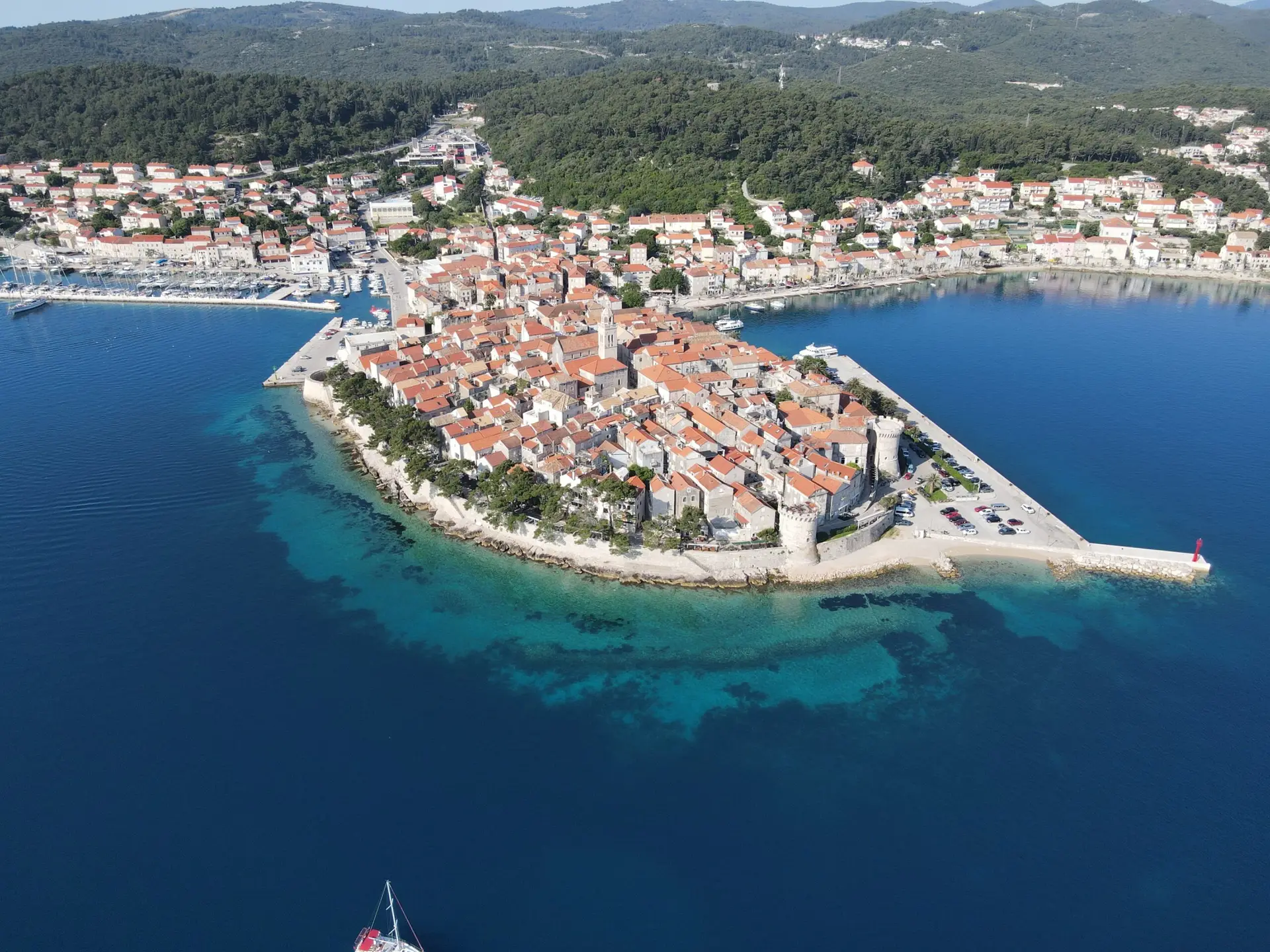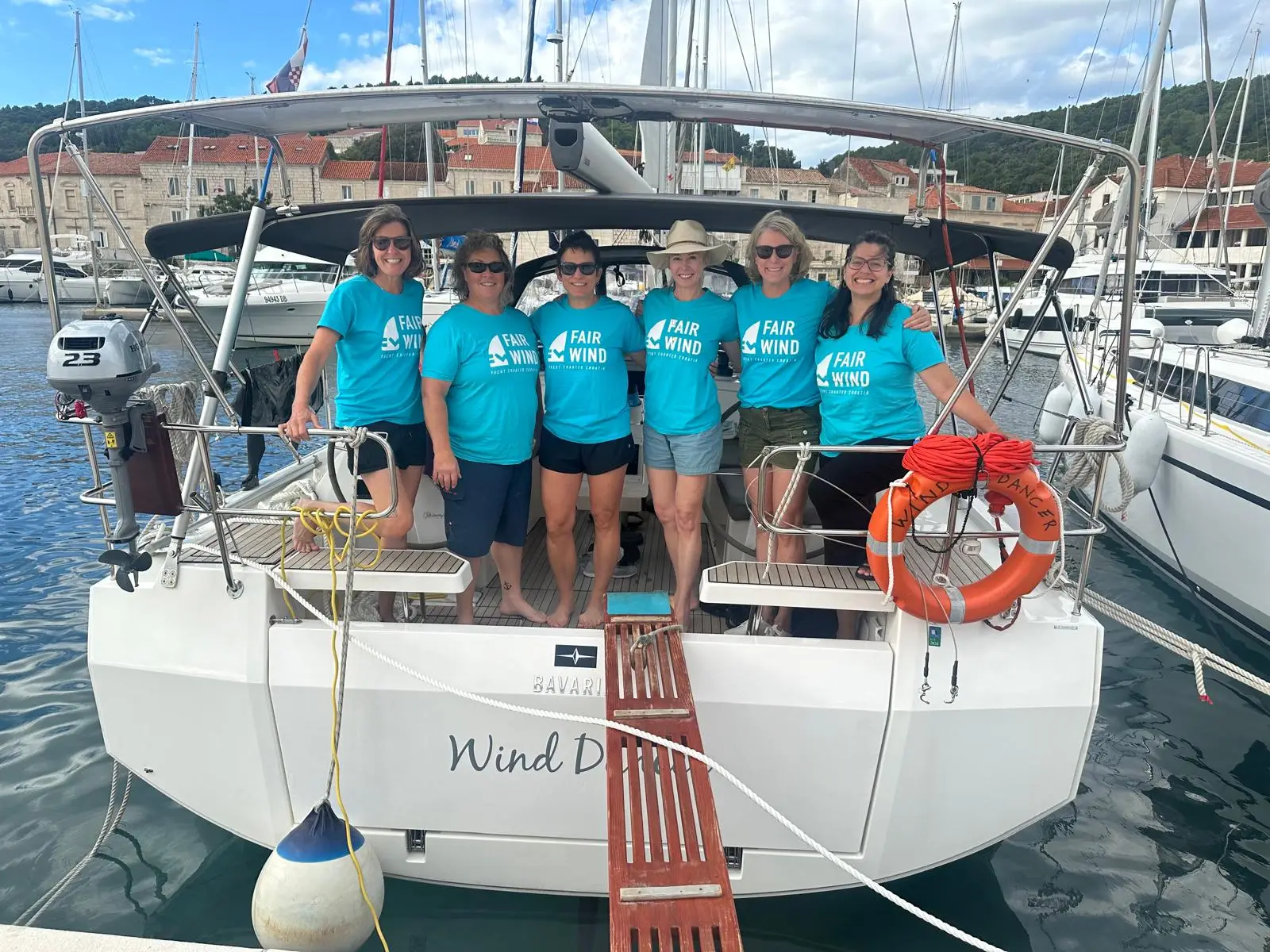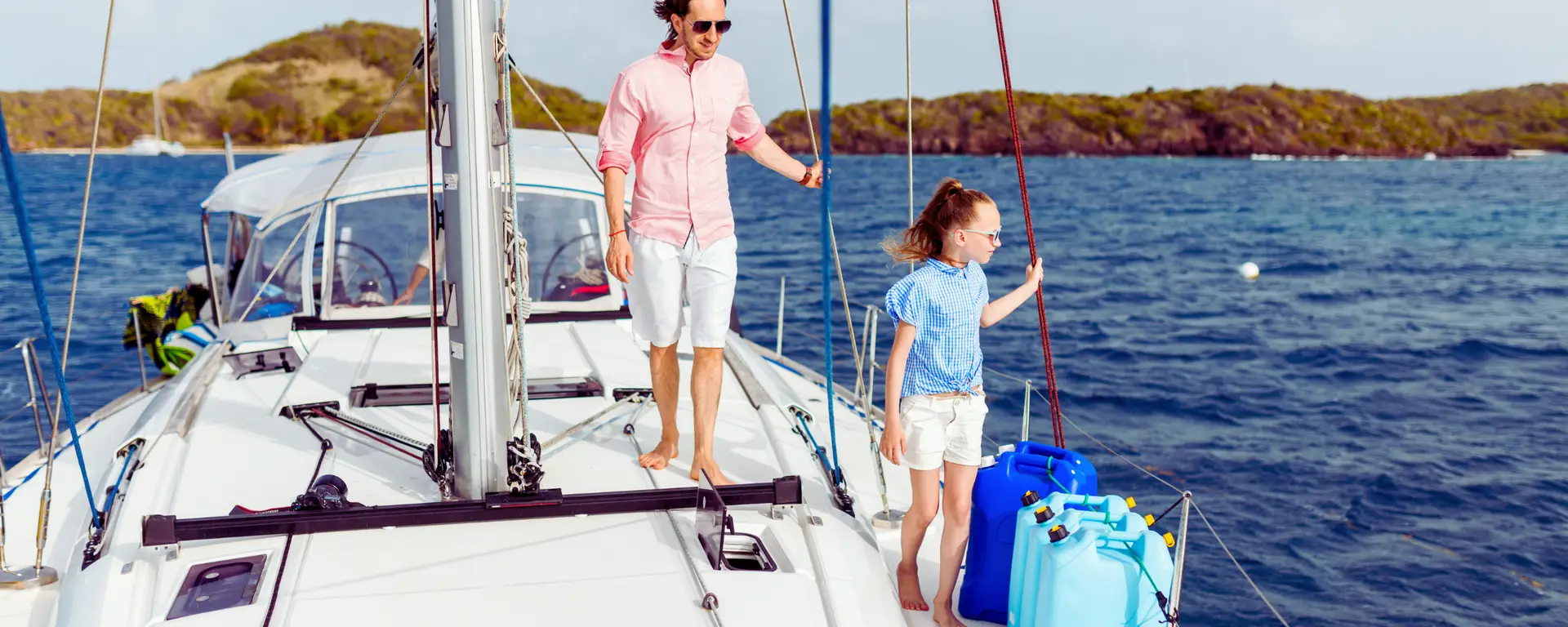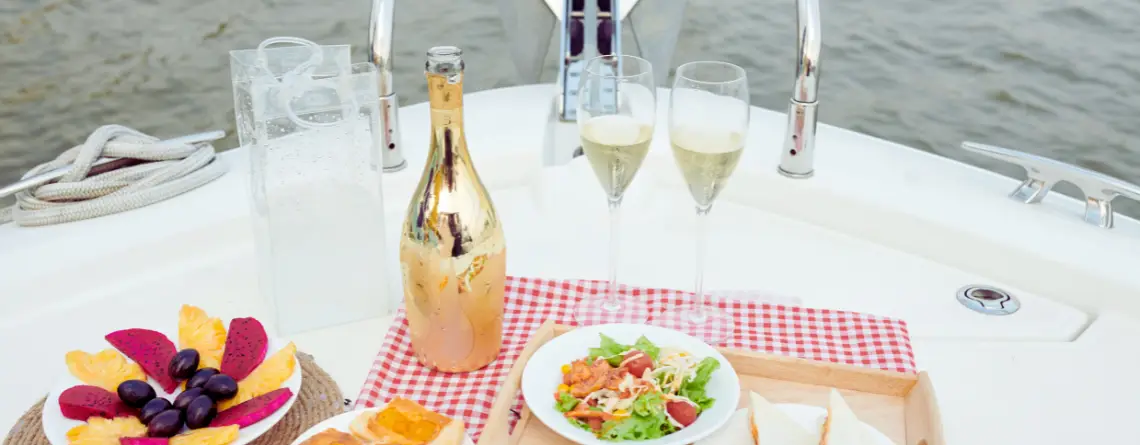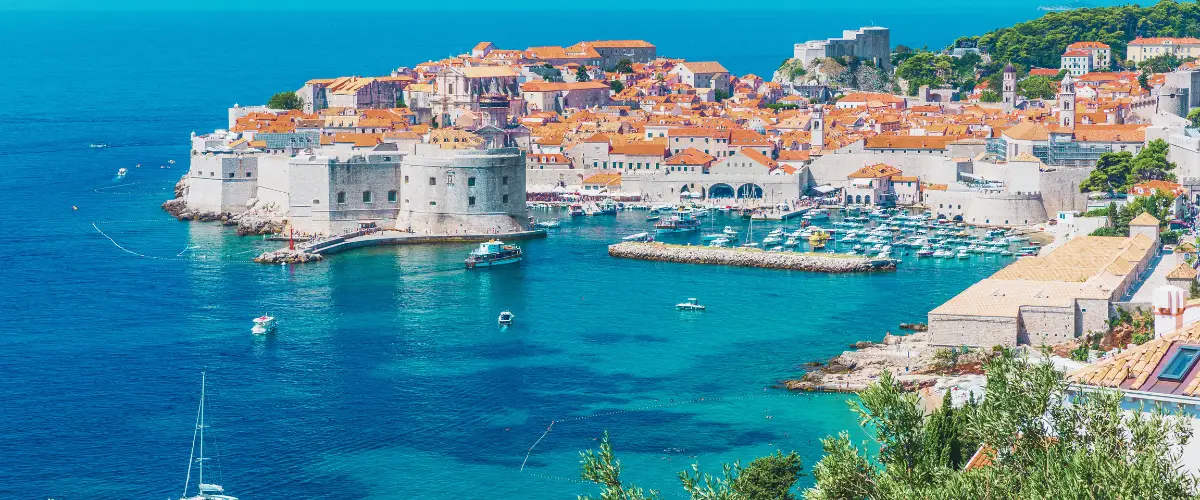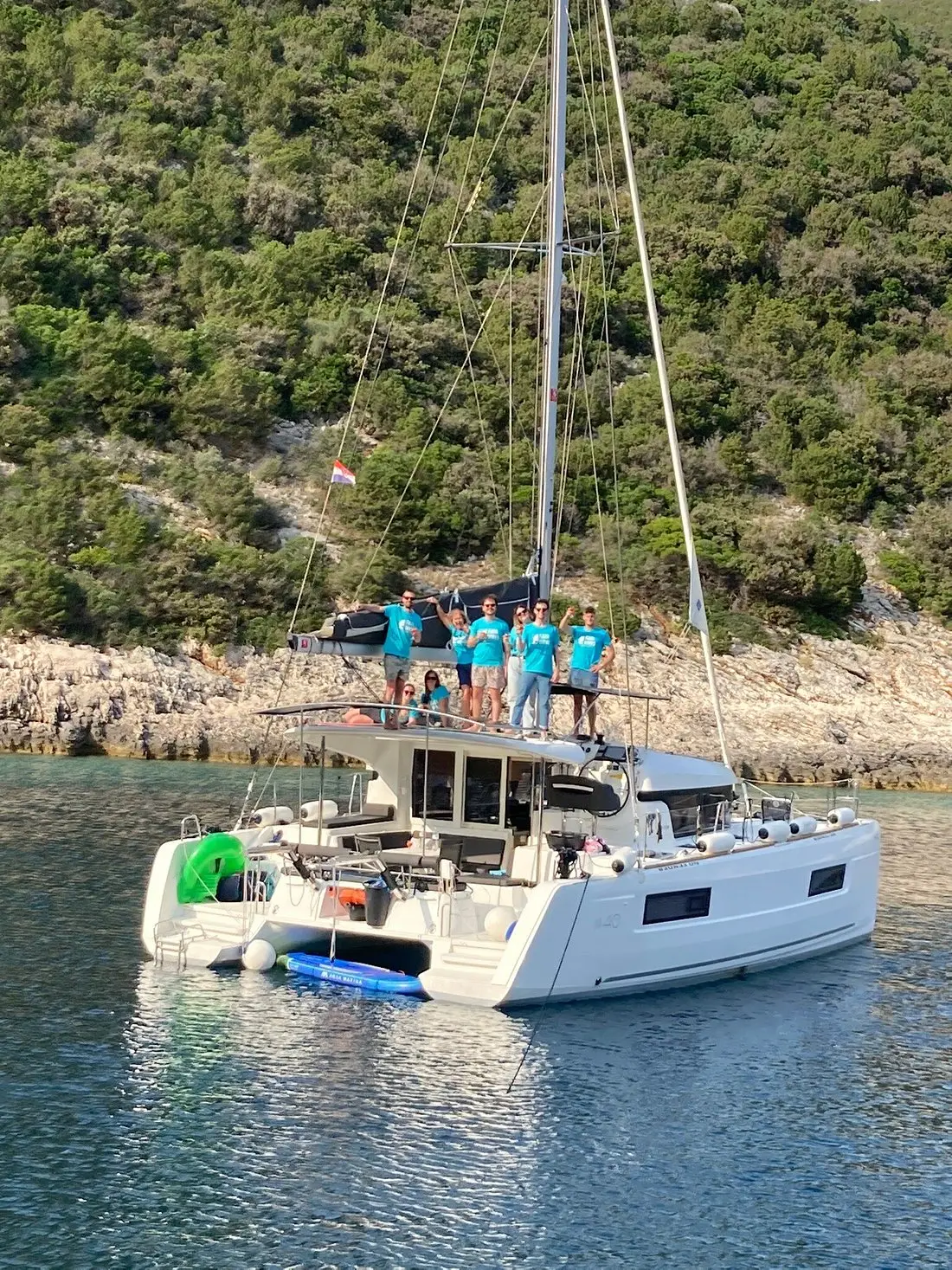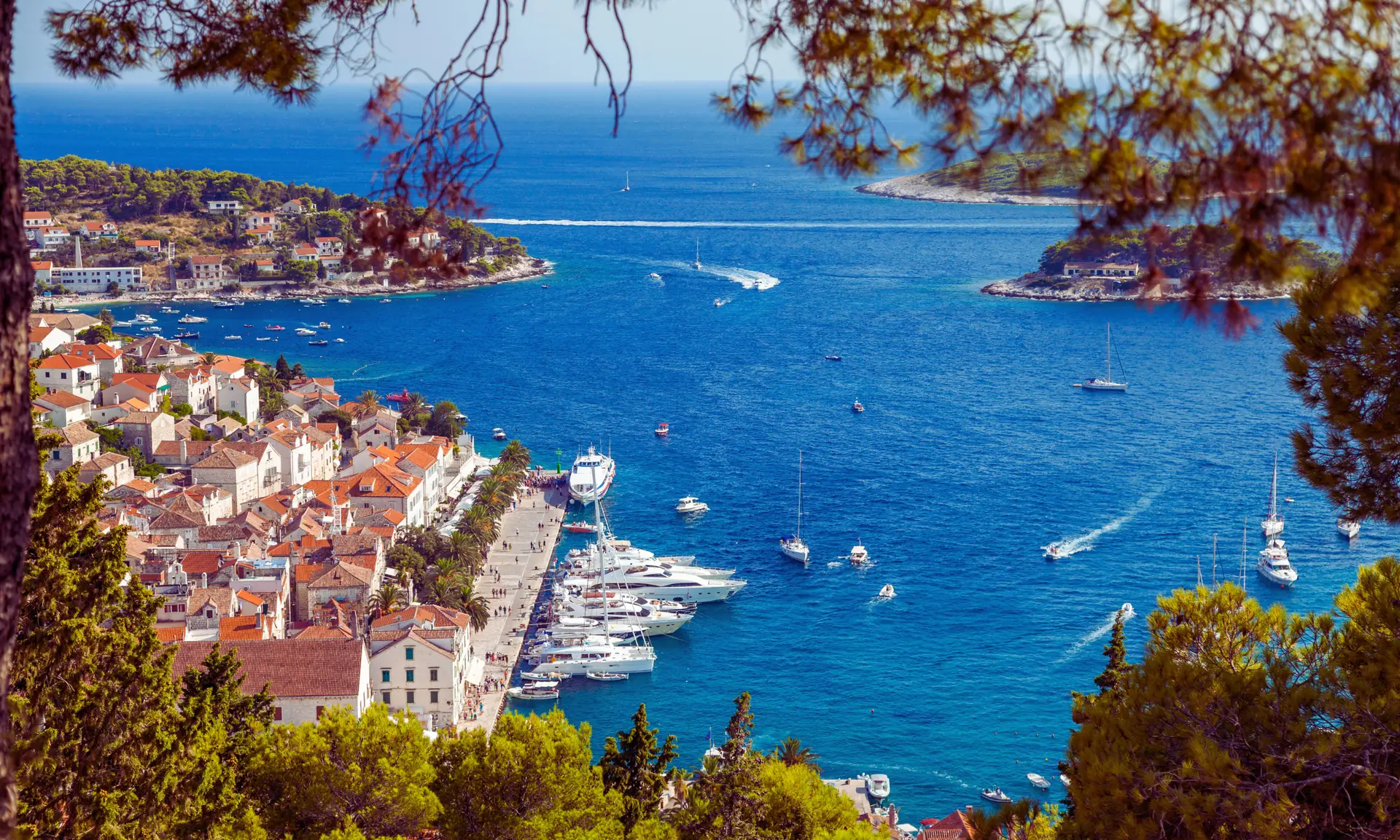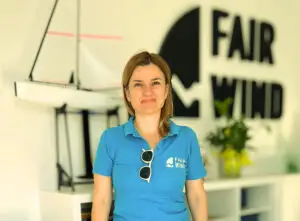Unveiling the Charms of Croatia's Hidden Gem
Welcome to Korčula, a picturesque island that transcends the ever-changing beauty standards of our world. This slender oasis, stretching gracefully from east to west, is a true gem in Croatia’s crown of islands. Once known as “Black Korčula” for its lush pine forest, this island boasts not only captivating Mediterranean flora teeming with aromatic and therapeutic plants but also a vibrant wildlife population. But what truly sets it apart is the enchanting narrow streets and the captivating architecture of its charming settlements. Nestled in central Dalmatia, Korčula offers breathtaking views of Adriatic sunsets that will leave you spellbound.
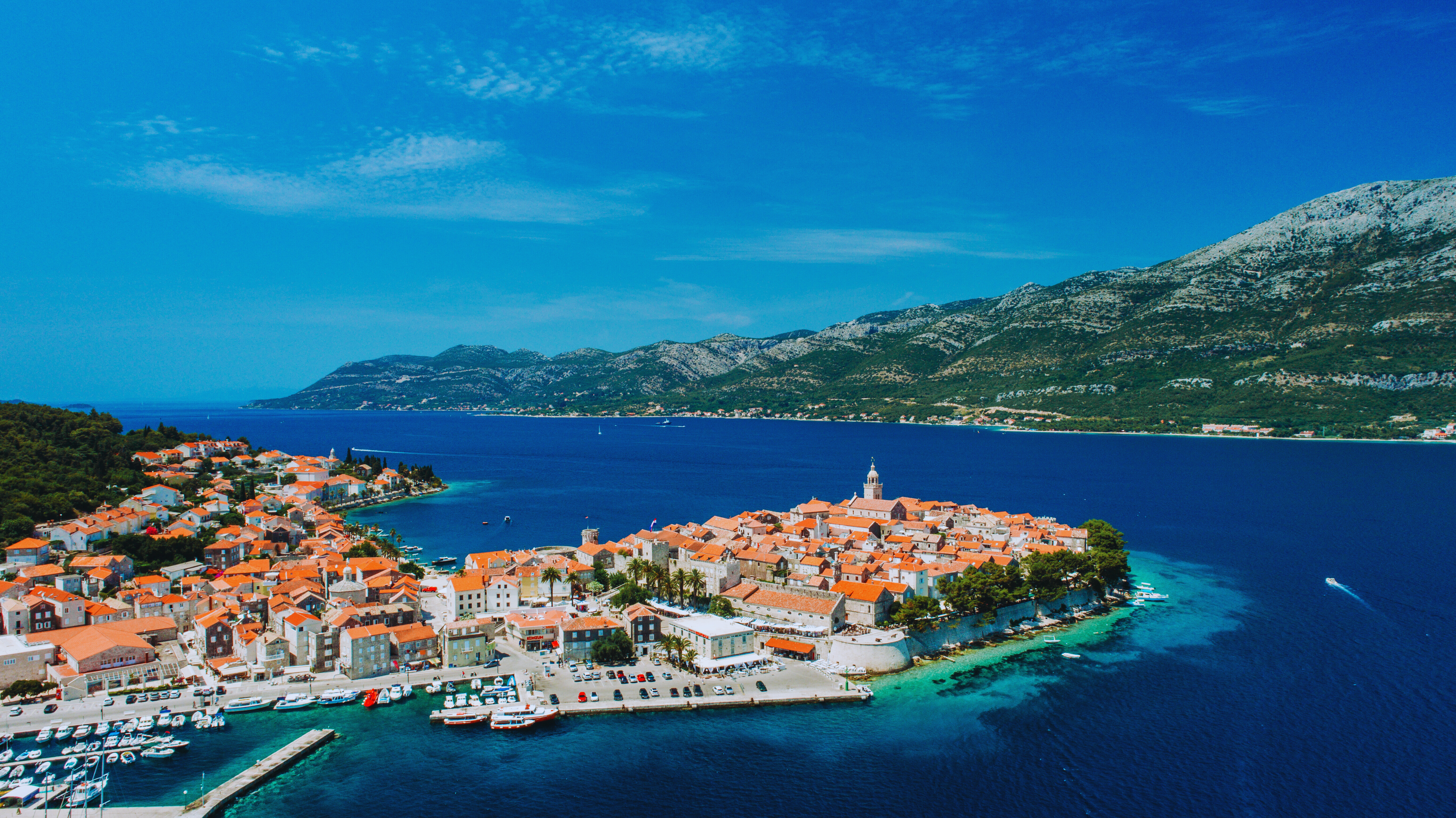
KORČULA’S SERENE ALLURE
Despite its undeniable allure, Korčula remains a well-kept secret compared to the more renowned Croatian islands like Hvar and Brač. Its relative seclusion is a boon for those seeking a tranquil holiday while still indulging in the splendours of this breathtaking island on their sailing adventure in Croatia.
A TAPESTRY OF VINEYARDS AND OLIVE GROVES
The island’s heartbeat echoes with the rhythms of wine and olive cultivation, with Pošip, Marastina, and Grk among the favored grape varieties. Dry-stone walls cradle these verdant vineyards and olive groves, creating a mesmerizing tapestry of nature and culture.
EXPLORING KORČULA’S ENCLAVES
Korčula, the second most populous island in the Eastern Adriatic, boasts eleven captivating settlements. The prominent ones include the eponymous.
KORČULA TOWN: A VENETIAN GEM
Nestled on the island’s well-protected eastern coast, Korčula Town offers a secure mooring and anchorage haven for sailors. Often referred to as “Little Dubrovnik,” this town exudes Venetian charm. Connected to the mainland by stone stairways, it boasts fortified historic walls, intricate streets, medieval churches, palaces, and enchanting squares.
Historical Landmarks Abound
Korčula Town reveals its historical treasures through the Gothic and Renaissance Cathedral of St. Mark, the 16th-century Gabrielis Palace, the Town Hall, and the 14th-century Franciscan monastery on Badija, a small islet in the Korčula Archipelago. The town also offers breathtaking viewpoints, including the St. Vlaho Tower and St. Antony’s hill, a mere 30-minute walk from the centre.
Korčula’s Time-Honored Traditions
The most outstanding historical constructions of Korčula town are the Gothic and Renaissance Cathedral of St Mark, the 16th century Renaissance style Gabrielis Palace just opposite the St. Mark’s Cathedral, the Town Hall, and the 14th-century Franciscan monastery on Badija, a small islet in Korčula Archipelago located near Korčula town. Beaches on this little island are also a good idea for spending an afternoon when sailing in Croatia.
Secluded Bay of Uvala Luka
Uvala Luka, a deep and sheltered bay, is a hidden gem for mooring and anchoring near Korčula Town. From here, a short walk leads to the town, or you can relax at one of the charming bars and restaurants along the shore.
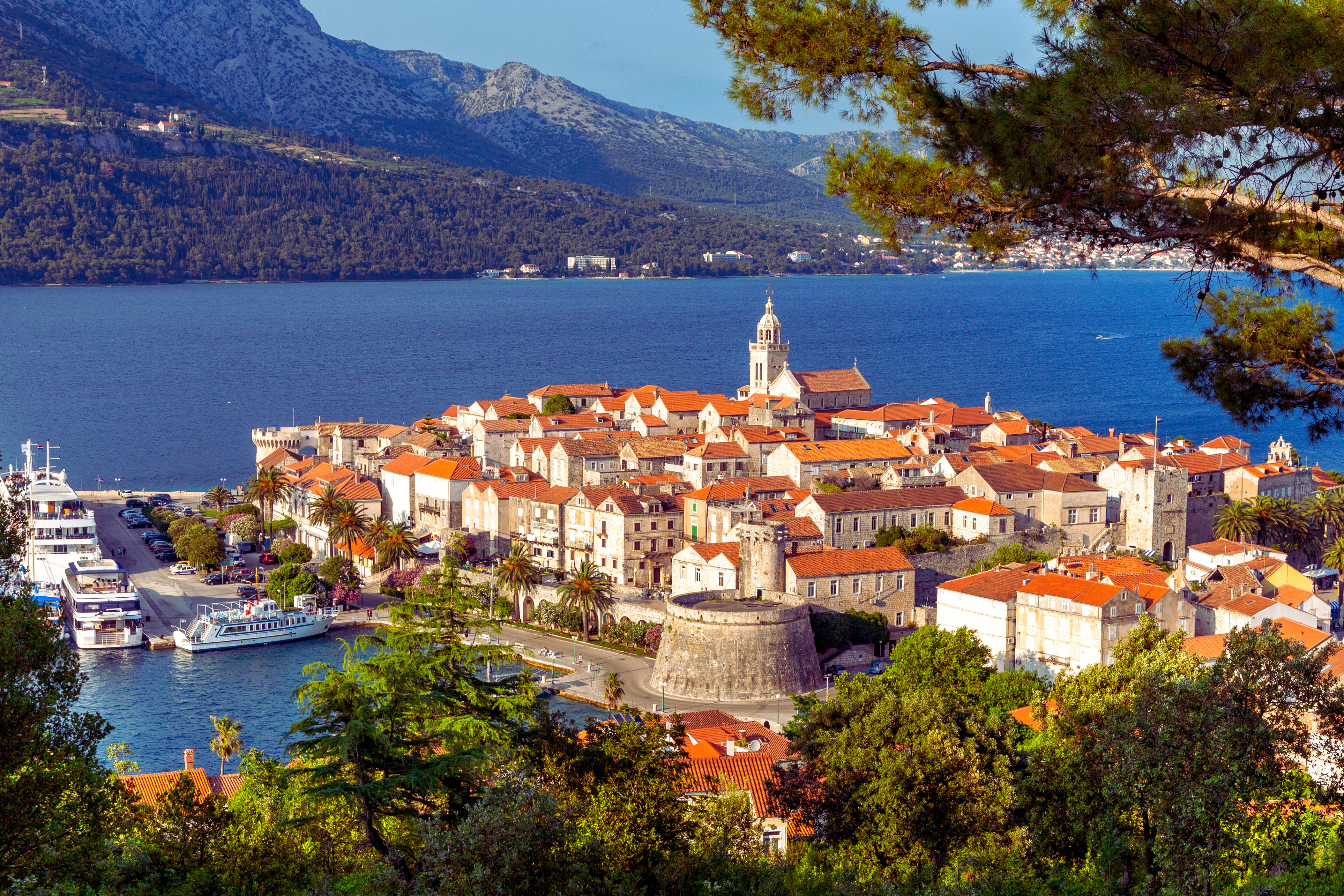
VELA LUKA: GATEWAY TO ADVENTURE
Located on the western end of the island, Vela Luka serves as the primary port of entry. Its expansive bay, surrounded by pristine nature, makes it an excellent starting point for exploring the island during your Croatian sailing journey.
Natural Wonders of Vela Luka
The Vela Luka Bay boasts the enchanting Proizd island, known for its exquisite pebble beaches, and Ošjak island, nestled in the bay’s centre. Vela Luka, famous for health tourism, enjoys a sunny climate and offers therapeutic mud and water at the Kalos Health and Rehabilitation Centre.
A Peaceful Oasis with Local Flavors
Vela Luka, though quieter than Korčula Town, is a haven for those seeking serenity. Charming cafes and restaurants with local cuisine dot the landscape. The town’s inhabitants primarily engage in fishing, olive cultivation, and olive oil production.
Vela Spila: A Prehistoric Marvel
Discover one of Europe’s most significant prehistoric sites, Vela Spila (Big Cave), nestled atop a mountain. Inhabited since the Neolithic Period, the cave offers panoramic views accessible by car or a scenic hike.
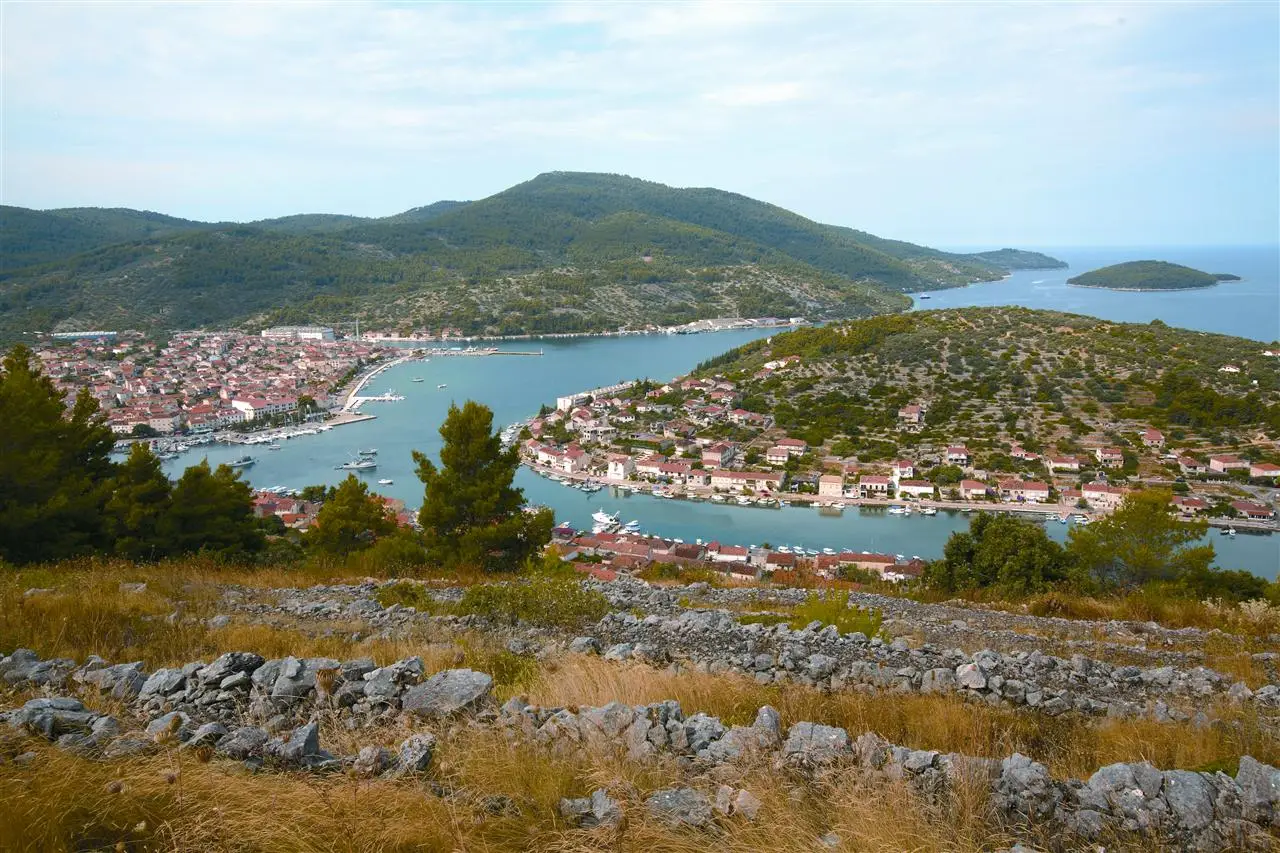
BLATO: A QUAINT HILLSIDE HAVEN
Nestled amid rolling hills, Blato is a captivating settlement at the island’s heart. The Middle Age church of All Saints, accompanied by a 17th-century bell tower and an 18th-century Baroque loggia, graces the town’s historic centre. Blato also preserves the tradition of the Kumpanija sword dance.
A Blend of Old and New
Blato offers modern amenities alongside ancient stone houses and winding paths. A picturesque promenade of lime trees, Zlinj, is among its charming attractions.

EXPLORE KORČULA’S RICH OFFERINGS
Whether you’re drawn to history, culture, or nature, Korčula offers a plethora of activities and attractions:
- St. Mark’s Cathedral: Explore the captivating Gothic and Renaissance architecture in the old town.
- The Korčula Town Museum: Immerse yourself in history at this museum located in the 15th-century Gabrielis Palace.
- Peter’s Church
- Marco Polo’s House
- Big Cave in Vela Luka
- Sword dance (Moreška): Experience the enthralling traditional dance of Korčula.
- Beach Bliss: Discover pebble beaches on Proizd island and sandy beaches in Lumbarda village.
- Scenic Walks: Wander through the enchanting promenades of Korčula Town.
- Outdoor Adventures: Embark on hiking, cycling, or scuba diving adventures to explore the island’s natural wonders.
- Self-Exploration: Rent a scooter or car to discover Korčula at your pace.
- Guided Tours: Uncover the island’s history, architecture, and culinary delights with an organized tour.
Plan your unforgettable journey to Korčula and experience the timeless beauty of this Croatian paradise.

